
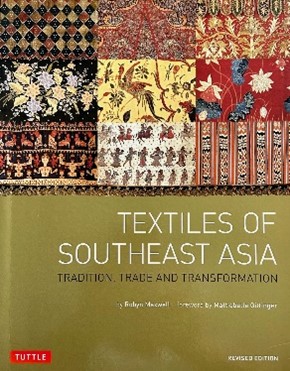
Author: Robyn Maxwell. 2014. Revised edition. 432pg. (English)
Publisher: Tuttle Singapore
Maxwell’s book, a revised edition of her 1990 publication, summarizes her previous research and explores the historical influences on contemporary textiles. Illustrated with beautiful and rare examples, her work draws on extensive fieldwork and connects to collections like those at the National Gallery of Australia. It also includes contributions from other scholars and a thorough bibliography, making it an essential reference for enthusiasts of Southeast Asian traditional textiles.
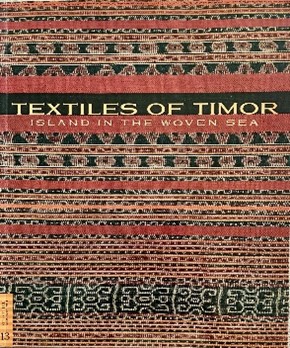
Author: Roy W. Hamilton & Joanna Barrkman, Editors. 2015. 252 pg. (English)
Publisher: Fowler Museum at UCLA
This is the first book on East Timor's textiles published after Timor Leste gained independence in 2002. It is a collection of essays and articles written by a distinguished team of textile experts who focusses on the traditional textiles of Eastern Timor. The book accompanies an exhibition with the same title.
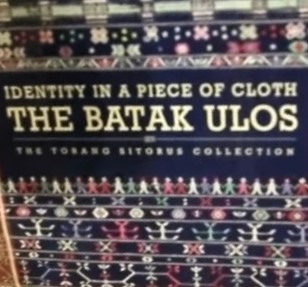
Author: Torang Sitorus, Nestor Rico Tambunan, Christ Sempati Barasha, 2022. 376pg. (English)
Publisher: BAB Publishing, Jakarta
This remarkable book is a collaborative effort that expertly details the Batak people and their iconic shoulder cloth known as ulos. It delves into the rich, centuries-old art and tradition of ulos, emphasizing its vital role in the lifecycle. The book culminates with a stunning collection, featuring previously unseen pieces, highlighting the diverse styles of ulos from different regions: Ulos of Toba, the Hiou of Simalungun, the Oles of Pakpak, the Abit and Sadum of Angkola and Mandailing.
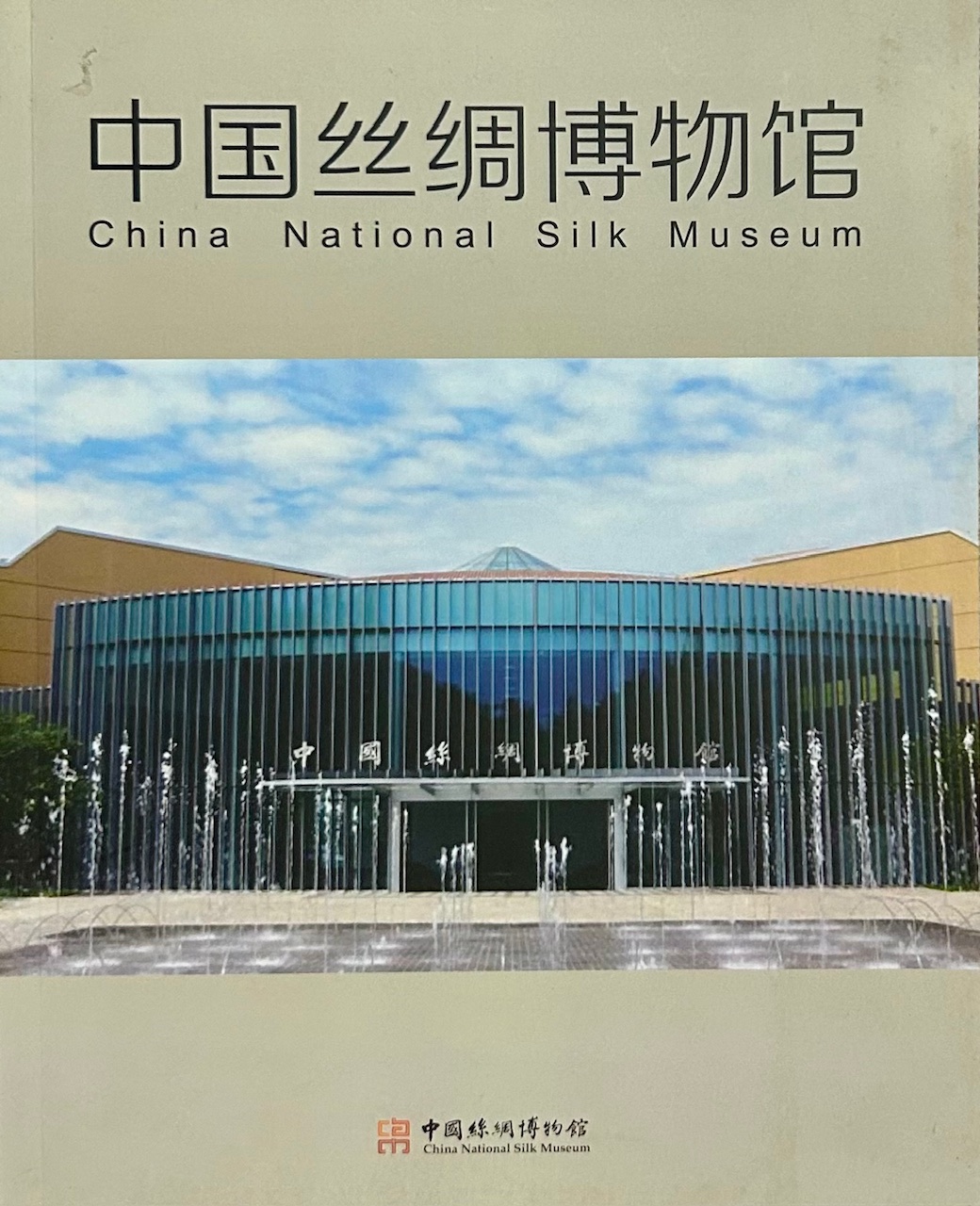
Author: 2017. 69pg. (English and Chinese)
Publisher: China National Silk Museum, Hangzhou
This book is an essential guide for visiting the museum, now with an expanded section showcasing looms from around the world. Don't miss the opportunity to explore this impressive addition!
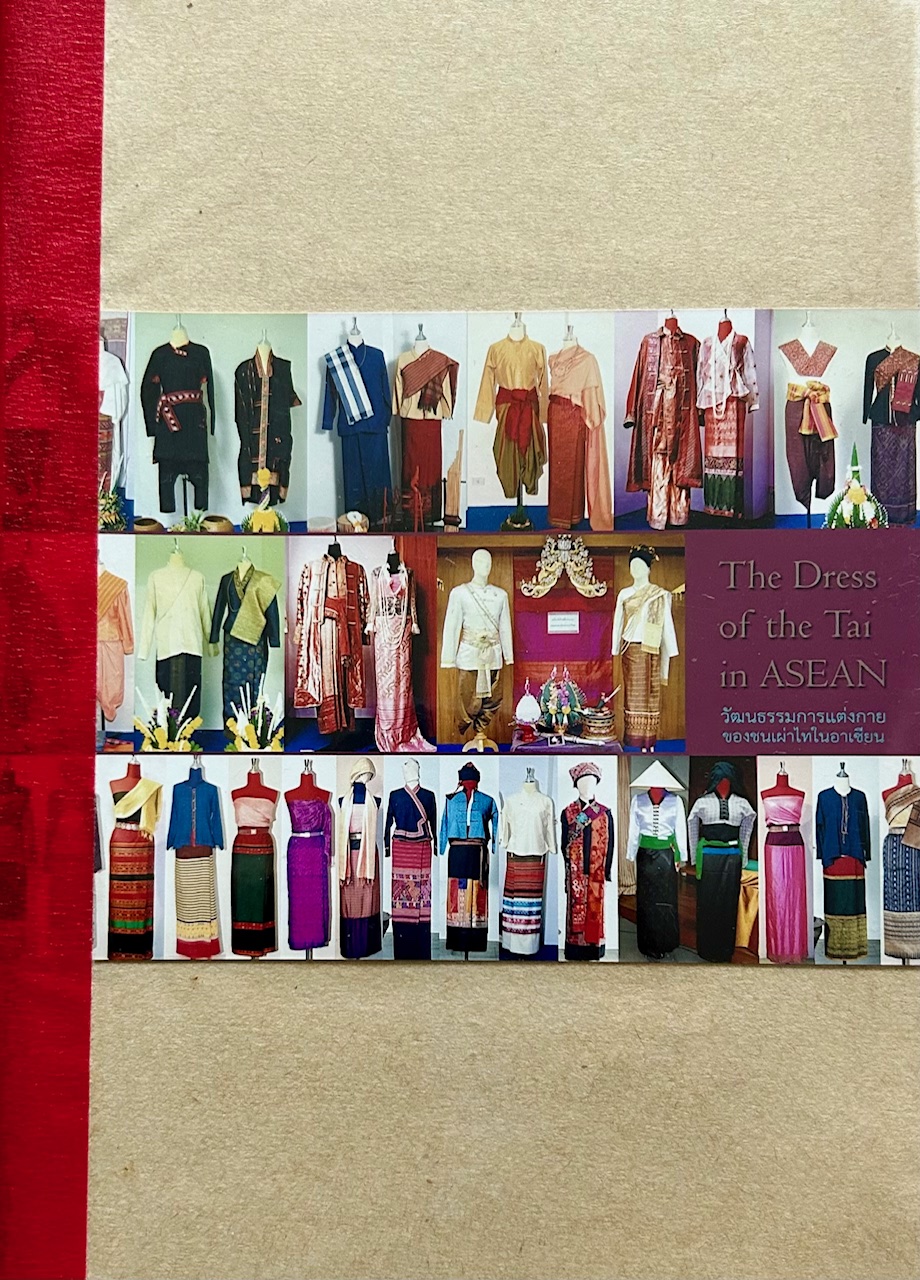
Author: Orathai Pholdi, 2006. 34pg. (English)
Publisher: Office of Agricultural Museum and Culture @ Kasetsart University, Bangkok
Ms. Orathai Pholdi serves as the director of the Agricultural Museum and Culture at Kasetsart University in Bangkok. Contrary to common belief, silk is not solely a product of Chinese innovation; evidence clearly shows that the Tai people were the first to produce silk. This remarkable achievement dates back to the Neolithic Tai, who established the Lungshan culture around 4,500 years ago. The practice of sericulture has roots that extend deep into Thai history, demonstrating a long-standing tradition that continues to this day. The booklet decisively presents the origins of the Tai people and details their diverse subgroups, including the Tai Yai, Tai Kheun, Black Tai, Red Tai, White Tai, Tai Phuan, Tai Yuan, Tai Lao, Tai Isan, Southern Tai of the Siwichai kingdom, and Tai Leu of the Sip Song Pan Na kingdom. Additionally, it emphasizes the unique styles of each ethnic group, effectively highlighting the rich diversity that defines Southeast Asia.
Page 31 of 37